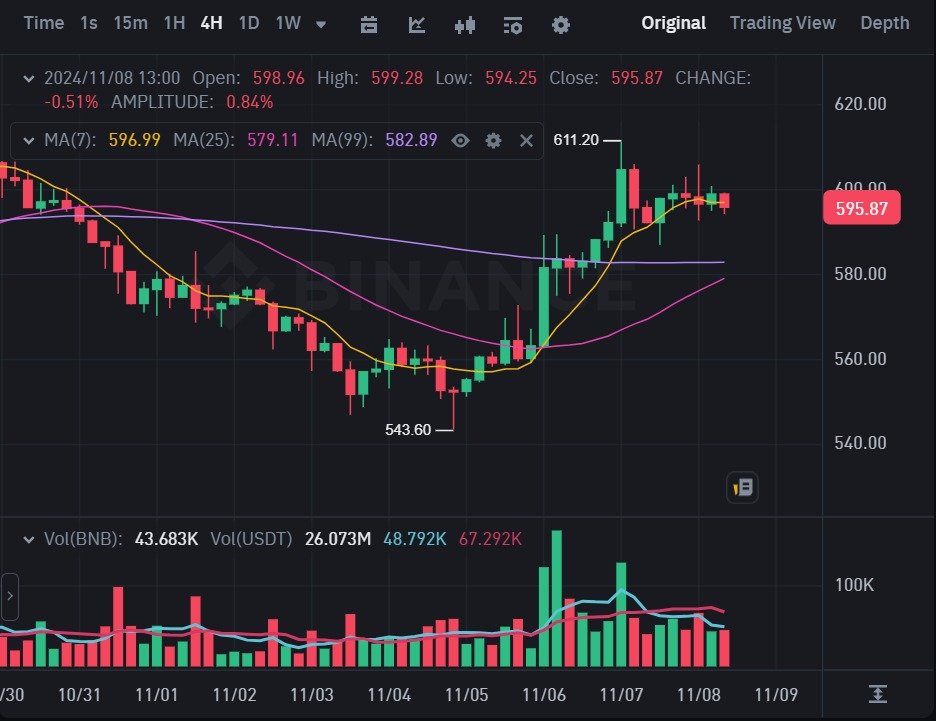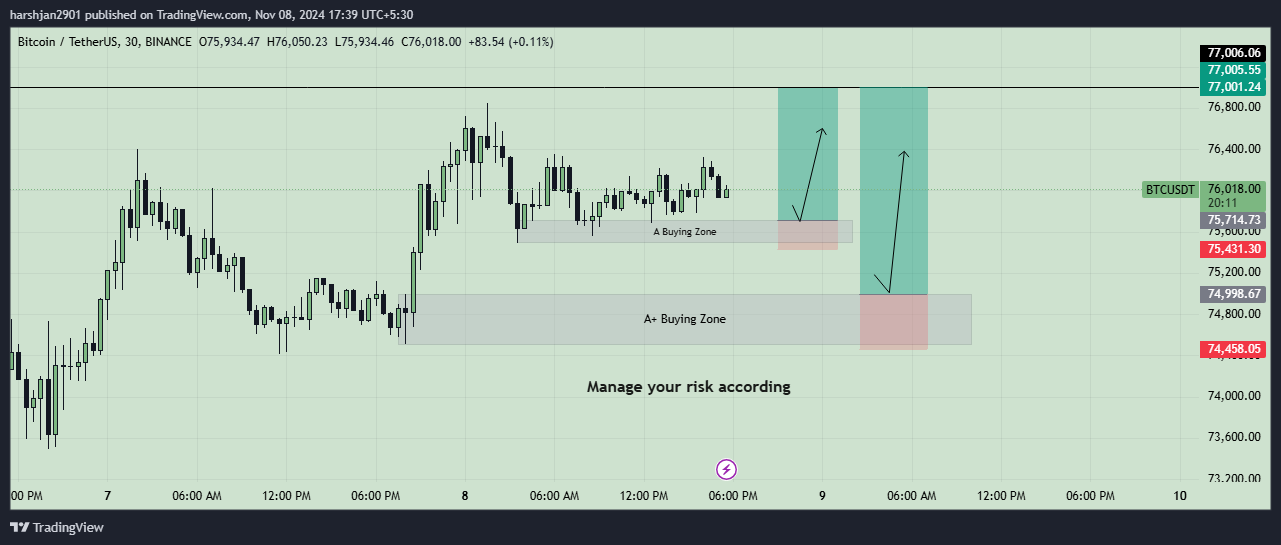The question of whether cryptocurrencies will recover after experiencing sharp declines and periods of volatility has become a central topic of discussion among investors, enthusiasts, and market analysts. The digital asset market is notoriously volatile, with Bitcoin, Ethereum, and other cryptocurrencies frequently experiencing major price swings.
After the market saw highs in 2021 followed by significant corrections, many are left wondering if crypto will recover and reach new peaks again. In this blog, we’ll explore the potential for crypto recovery, the factors that could drive it, and the challenges that may stand in the way.
1. The Crypto Market’s History of Recovery
One of the most important things to understand about crypto is its cyclical nature. Historically, Bitcoin and other major cryptocurrencies have experienced significant price corrections followed by strong rebounds. This behavior mirrors the overall growth trajectory of emerging asset classes, which often experience growing pains before maturing.
- 2017 Peak: Bitcoin hit nearly $20,000 in December 2017, only to fall sharply in 2018. However, the market eventually rebounded in 2020, surpassing previous highs.
- 2020-2021 Bull Run: Following the initial COVID-19 crash in 2020, Bitcoin and other altcoins surged to new all-time highs, with Bitcoin reaching over $60,000 in 2021 before experiencing a correction in 2022.
In these examples, the market did experience major dips, but over time, it recovered and even reached higher levels. This trend of boom and bust cycles has become somewhat characteristic of the crypto market.
2. Factors That Could Drive Crypto’s Recovery
a) Institutional Adoption
A significant driver behind crypto’s recovery could be institutional interest. Large institutions and corporations, including Tesla, MicroStrategy, and Grayscale, have made significant investments in Bitcoin and other digital assets. The influx of institutional capital into the market adds stability and legitimacy to cryptocurrencies as a mainstream asset class.
Additionally, the introduction of institutional-grade investment vehicles such as Bitcoin ETFs, futures, and crypto-based bonds is helping crypto gain broader acceptance. As more institutions and financial giants enter the market, it could pave the way for a recovery and long-term growth.
b) Increased Regulatory Clarity
One of the main challenges that cryptocurrencies face is regulation. The uncertainty surrounding crypto regulations has created both fear and opportunity. However, many believe that the right regulatory framework will help drive adoption and increase the legitimacy of digital currencies.
Countries like El Salvador have already taken steps toward recognizing Bitcoin as legal tender, and other nations are considering similar moves. Furthermore, regulated crypto exchanges and futures trading platforms could play a role in attracting more institutional capital and lessening market manipulation, which could help support price stability and recovery.
c) Technological Advancements
Technological developments in blockchain and cryptocurrency platforms could also contribute to the sector’s recovery. For instance, Ethereum 2.0 aims to improve scalability, reduce energy consumption, and make the network more efficient. These types of upgrades could not only enhance the functionality of existing cryptocurrencies but also drive broader adoption by making blockchain technologies more user-friendly and sustainable.
The rise of innovative sectors like DeFi (Decentralized Finance), NFTs (Non-Fungible Tokens), and Web3 could also open up new use cases for cryptocurrencies, driving both demand and prices higher.
d) Global Economic Conditions
In times of economic uncertainty, cryptocurrencies are increasingly seen as a store of value or a hedge against inflation, similar to gold. Given the rising concerns about global inflation, currency devaluation, and fiscal instability, more investors might look to Bitcoin as a safe-haven asset.
Cryptocurrencies can potentially gain traction as a global alternative currency, particularly in countries experiencing economic instability or high inflation rates. This increased demand could contribute to market recovery.
e) Mainstream Adoption
Mainstream adoption remains a critical factor in the long-term recovery and growth of crypto. As major payment platforms like PayPal, Square, and Visa integrate cryptocurrencies into their systems, consumers will have more access to use digital assets for everyday transactions. Additionally, global financial giants like Mastercard and Visa are partnering with crypto platforms, further integrating crypto into the financial system.
Crypto’s adoption by both large and small businesses could increase its use case and, in turn, drive higher demand and prices. For example, NFTs have already exploded in popularity, with artists, musicians, and companies jumping on the bandwagon, opening new avenues for crypto-related investments.
3. Challenges That Could Impede Crypto Recovery
While the factors above could contribute to the recovery of the crypto market, several challenges could hinder the progress:
a) Regulatory Hurdles
Governments around the world are still working on developing a clear regulatory framework for cryptocurrencies. If regulations are overly strict or punitive, it could discourage investment and dampen the market’s recovery. China’s crackdown on crypto mining and trading serves as a cautionary example of how regulations can stifle growth.
On the flip side, clear and favorable regulations could support the recovery by providing a safer and more predictable environment for investors.
b) Security Risks and Hacks
The crypto space remains vulnerable to security breaches and hacks. High-profile exchange hacks and scams can erode investor confidence and delay recovery. As more people enter the market, exchanges and wallets need to bolster their security to protect users from malicious attacks. If these issues continue, they may prevent broader adoption and hinder long-term recovery.
c) Environmental Concerns
Cryptocurrency mining, particularly Bitcoin mining, has faced growing criticism over its high energy consumption and environmental impact. The issue of sustainability could become a major obstacle for the industry, especially as governments and environmental organizations ramp up their focus on green technologies. If crypto projects don’t adopt more eco-friendly alternatives, they may face increasing pressure from regulators and the public.
d) Market Sentiment and Speculation
Crypto markets are driven by sentiment and speculation, which can cause price bubbles or rapid crashes. While market sentiment can be a powerful force for a potential recovery, it can also lead to extreme volatility. Investor behavior is often driven by fear of missing out (FOMO) or fear, uncertainty, and doubt (FUD), both of which can affect market dynamics.
If speculation leads to overvaluation, a sudden crash could once again set the market back. Conversely, if the market shifts to a more mature, utility-driven space, the volatility could decrease, making recovery more stable.
4. What Can Investors Do to Prepare?
While the future of crypto remains uncertain, there are several actions investors can take to position themselves for potential recovery:
- Diversify Your Portfolio: Rather than investing in one cryptocurrency, consider diversifying your holdings across multiple assets to reduce risk and capture potential growth from different areas of the market.
- Stay Informed: Keep up-to-date with regulatory news, technological developments, and broader economic trends that could influence the crypto market.
- Risk Management: Set stop-losses, take profits at regular intervals, and only invest what you can afford to lose. Crypto can be volatile, so it’s essential to protect your investments.
- Use Crypto Bots and Advanced Strategies: Consider using crypto trading bots or copy trading to automate your trading strategies. These tools can help you take advantage of market movements even during periods of high volatility.
5. Conclusion: Will Crypto Recover?
While there are many positive drivers for the future of cryptocurrencies, such as increased institutional adoption, technological innovations, and global economic factors, the market remains volatile and subject to external challenges like regulation, security risks, and environmental concerns.
However, history shows that crypto has consistently recovered from previous downturns, and there are strong signs that it may recover again, especially as adoption and real-world use cases continue to grow.
If you’re looking for professional guidance on navigating the crypto market and preparing for potential recovery, Lumina Lore offers advanced trading strategies, copy trading, and crypto bot trading services. Our experts are ready to help you make informed decisions and maximize your investment potential. Contact us today to learn more!



